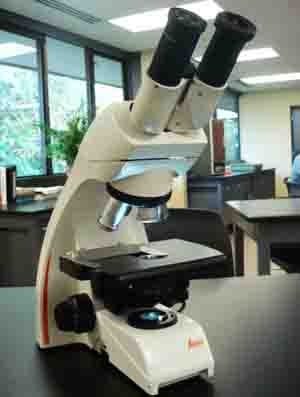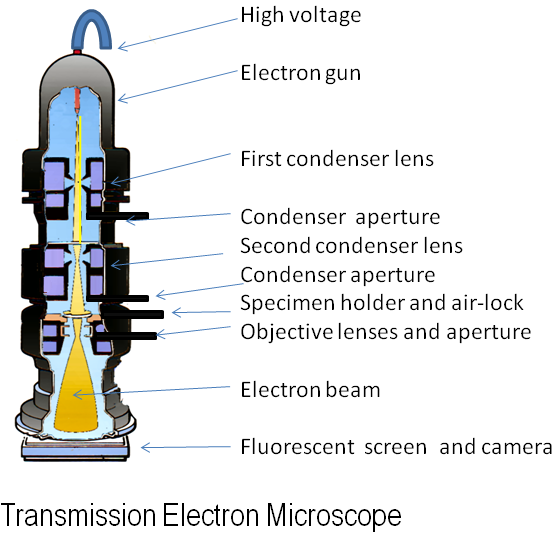 | ||||
How Compound Light Microscopes Magnify Specimens
Most compound light microscopes provide a maximum total magnification of 1000xTM.
SPO VIDEO Tutorial on Compound Light Microscope Parts & Operation
SPO VIRTUAL CLASSROOMS
Resolution Limits the Magnification of a Light Microscope
With combined lenses, light microscopes would be able to magnify objects millions of times, but the image would be blurry - unresolved. Resolution is the ability to distinguish between objects that are very close together. In other words it relates to the clarity or amount of detail one can see when viewing an image, and resolution is limited by the wavelength of radiation used to view the specimen.
You have free access to a large collection of materials used in a college-level introductory microbiology course. The Virtual Microbiology Classroom provides a wide range of free educational resources including PowerPoint Lectures, Study Guides, Review Questions and Practice Test Questions.
Page last updated:
9/2015
PAGE 2 < Back to Page 1
If the objects of interest in the specimen are much smaller than the wavelength of the radiation being used to illuminate them, they do not interfere with or interrupt the waves, and so are not visible. Because the minimum wavelength of visible light is 400nm, light microscopes cannot distinguish between objects closer together than 200nm.
Sources & Resources
- "How big is a...?" animation from Cells Alive.
- Resolving Power Line illustration of what can be seen with different microscopes from Nobelproze.org.
- Microscopic Measurement: How Big Is that Object in the Microscope? from VirtualUrchin
- How to Use a Compound Light Microscope: Biology Lab Video Tutorial, SPO YouTube Video.
- Light Microscopy Basics animation from the Imaging Technology Group, University of Illinois.
- Microscopic Pond Life Main Page from the Kid Science section of Science Prof Online.
- Photomicroscopy and the Wright Stain Lab Exercise.
- What Is an Electron Microscope? TEM and SEM Basics, from SPO
In order to clearly see microscopic objects smaller than 200nm, a type of radiation with shorter wavelengths must be used, such as the beam of electrons used in electron microscopes.



